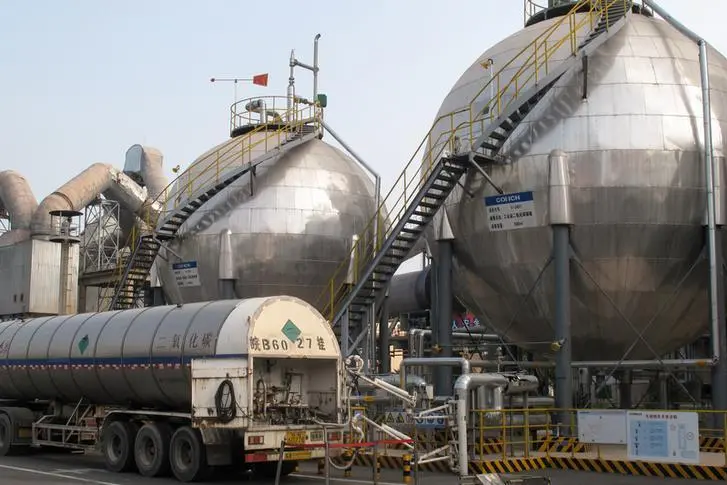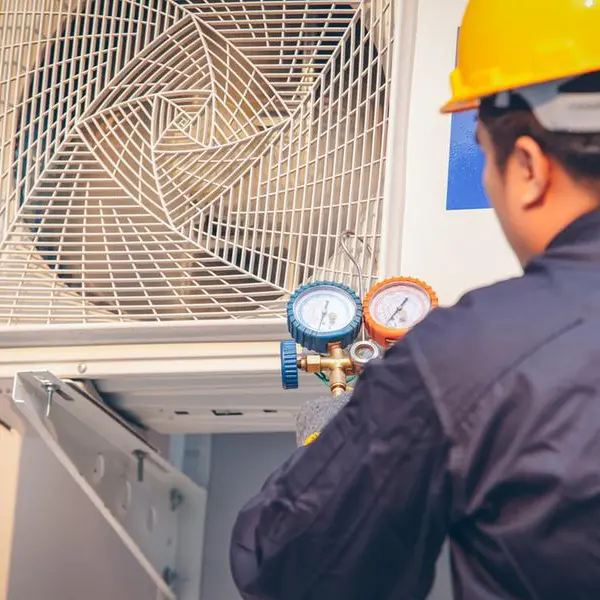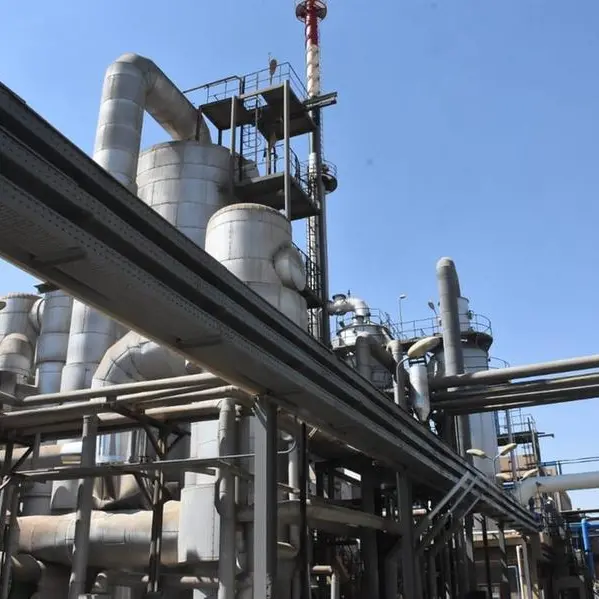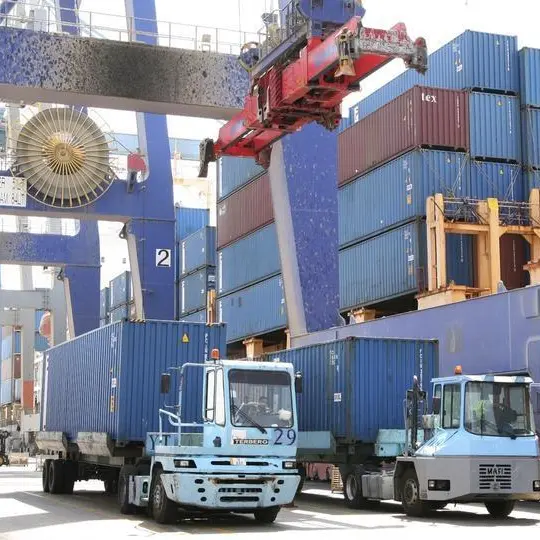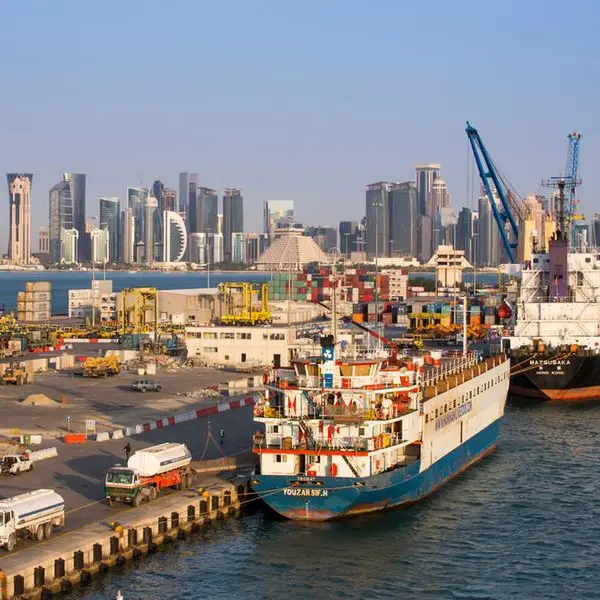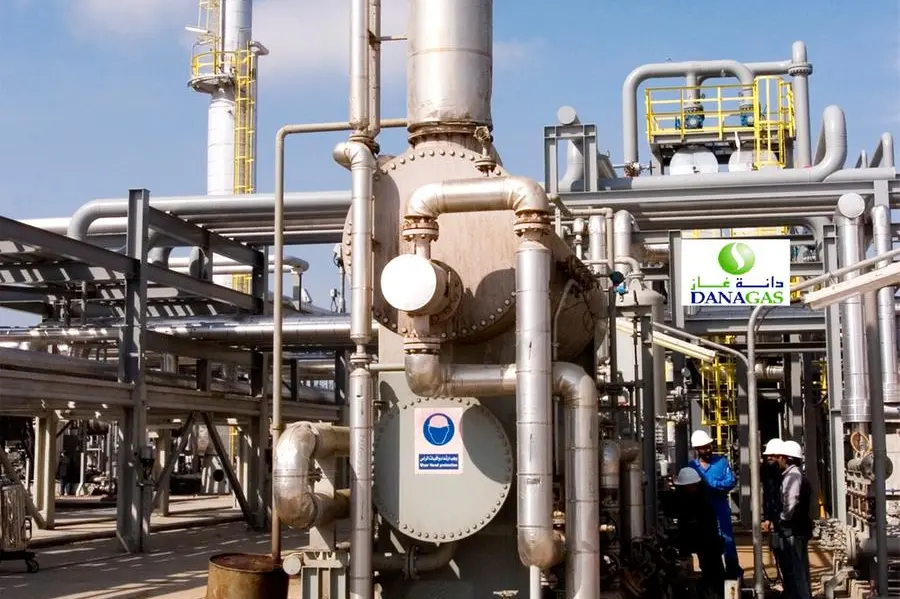PHOTO
The world is reeling under commodity inflation aggravated by Russia's invasion of Ukraine. Rising energy prices and the pressure to take climate action have prompted many governments to accelerate their shift to renewables.
But Craig Golinowski, President and Managing Partner at the Canada-based private equity firm Carbon Infrastructure Partners (CIP), strongly believes carbon capture and storage is the interim solution to lower emissions while waiting for energy prices and renewables to stabilise.
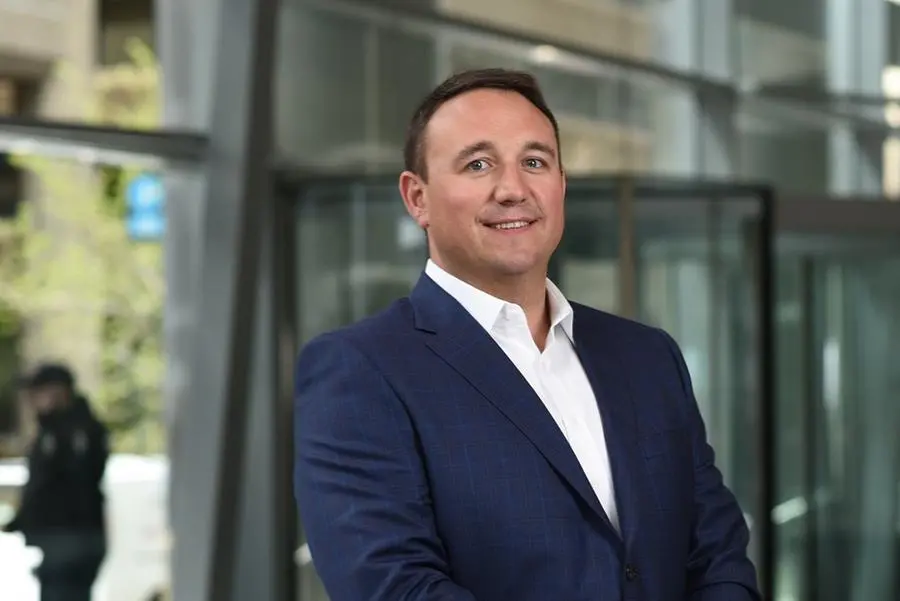

Golinowski's firm has managed more than 1.3 billion Canadian Dollars ($1 billion) in hydrocarbon energy investments for two decades and recently created a dedicated fund to back companies and projects focused on CCS.
In a candid interview with Zawya/Infrastructure 360, he explained his motivation for investing in carbon capture, why renewable energy is not the end-all for climate action and why oil prices will go parabolic.
CCS, he opined, is an opportunity for oil and gas producing companies and countries to deliver cleaner, reliable, and affordable energy products to consumers.
"CCS allows people to use oil, gas, and coal, which we're going to do anyway, and reduce emissions."
Golinowski argued that renewables require fossil fuels for manufacturing and, in the current scenario, are neither reliable nor affordable.
"Solar panels are made of coal, and you need coal to make steel, which is used to make wind turbines. An electric vehicle battery has lithium and nickel, and to mine them, you require diesel. Right now, the cost of renewables is going parabolic. It's skyrocketing because coal, oil, and natural gas prices are all skyrocketing".
He underlined that commodity inflation would slow down the transition, making renewables more expensive and reducing society's ability to afford renewables.
"The main reason we have commodity inflation is that we've deliberately restricted investment into energy production. The government doesn't want oil and gas investments because of emissions…. pension funds don't want it because they're worried about what the government is going to do to their investments….and now we have a complete disaster in our hands."
"We need to rethink energy transition from the point of view of reducing emissions rather than just shifting from fossil fuels to renewables."
"So, you compare wind and solar with batteries against carbon capture on their abilities to reduce emissions."
The economics
Golinowski pointed out that the economics of a carbon capture project works like any other utility-based project, and the government has to create a system that generates a rate of return for capital providers to these projects.
He explained that the United States and Canada follow a return-based model where the investors get paid to invest their capital into capturing and sequestering carbon dioxide just like any other utility.
"The returns could range between 10-15 percent with a payback period of 6-8 years," he claimed, adding that the project could be structured with a debt-equity ratio, where equity returns could be in the range of 15-20 percent like in any other utility project.
"In the US, the section 45Q tax credits are available for 12 years. The project would pay back in 4-5 years, and the balance constitutes returns to the investor. In Canada, 50 percent of the capital cost of the equipment will be paid for by the government, and then we've got a carbon tax. The price for carbon is $50 a tonne, increasing to $170 a tonne in 2030. The project will allow you the ability to save on carbon taxes by not emitting,"
The CIP honcho said the costs for capturing carbon are "closer to $100 a tonne of carbon for power and about $65-$75 a tonne for hydrogen and ammonia".
Investing in carbon capture for producing power, hydrogen, and ammonia are the three opportunities that make the most impact on the economy, and a carbon price of $100 a tonne could make these projects feasible, he said.
He noted that for the CCS economics to work, a carbon price is absolutely necessary. For the GCC countries that do not have a carbon price yet, the economics would be determined by whether their customers are willing to value low emission products.
The only way is up
Golinowski said he expects oil prices to zoom to $300-$400 a barrel in the next two to three years due to under-investment in oil and gas production and the ongoing war.
"Right now, we are depleting oil inventories very rapidly, and this has been going on for 18 months. As long as we keep drawing inventories down, the price can go parabolic. We're seeing this with natural gas. For example, natural gas is priced at $60 a million BTU (British Thermal Units) in Europe, 12 times more expensive than in North America where it is $5 a million BTU."
"The Germans shut down their nuclear power and the British their coal. The wind turbines didn't make electricity as there was no wind in the North Sea in September-October. So they drew on their natural gas inventories in the fall, which they would normally have used in the winter. That's one of the major causes for why the price of natural gas has skyrocketed," he explained.
"The way we think about energy today is flawed," he concluded.
(Reporting by Sowmya Sundar; Editing by Anoop Menon)
